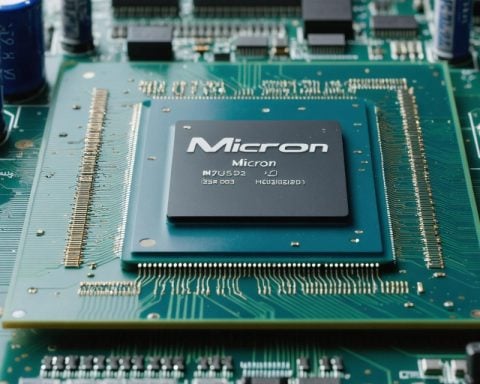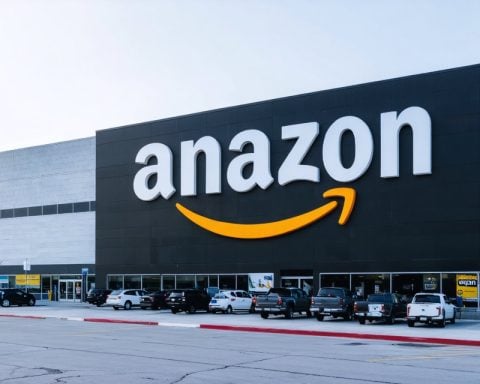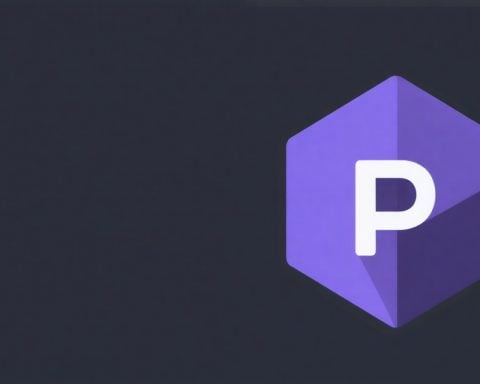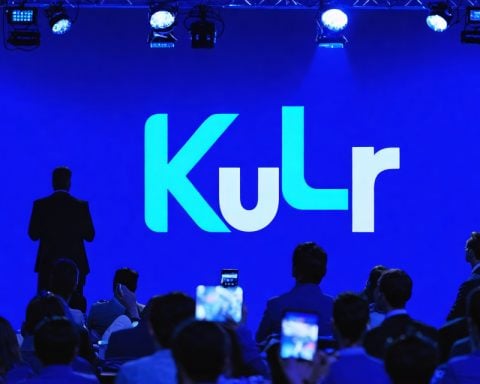- The Federal Reserve’s minutes are anticipated to provide insights into future interest rate paths, crucial for investors.
- Corporate earnings are a focal point, with Toast and Occidental Petroleum representing contrasting sectors.
- Toast, known for its innovative restaurant technology, is expected to announce significant profitability growth.
- Over 106,000 restaurants utilize Toast’s cloud-based platform, aligning with the digital adoption trends in the sector.
- The company’s expansion efforts aim to capture a share of a $35 billion market beyond the U.S.
- Occidental Petroleum faces challenges from volatile oil prices and geopolitical tensions, affecting its earnings outlook.
- Investors express concerns over Occidental’s shrinking margins and revenue, amid increasing debt pressures.
- As markets fluctuate, investors should weigh digital growth versus traditional energy sector struggles.
As the holiday-laden week unfolds, the financial landscape presents a mixed bag of excitement and caution. The Federal Reserve’s upcoming minutes could cast light on the murky path of interest rates, a beacon for investors gauging the economic horizon. Meanwhile, corporate earnings are poised to steal the spotlight, especially for tech-savvy investors eyeing the restaurant scene’s rising star.
In the bustling world of restaurant technology, Toast stands as a testament to the digital era’s sweeping changes. Known for its innovative cloud-based systems catering to every whim and need of eateries, Toast is on the precipice of revealing a financial performance that promises to sizzle. With whispers of profitability echoing through Wall Street, analysts predict a stark transformation from past losses to a substantial earnings per share increase. The company is riding high on digital adoption trends, offering an integrated platform that endears it to over 106,000 restaurants. As it extends its reach beyond American shores, Toast’s expansion hints at capturing a lucrative $35 billion market.
On the flip side, Occidental Petroleum treads through murky waters. The global energy giant faces daunting headwinds—volatile oil prices and creeping geopolitical tensions. With earnings looming, expectations paint a somber picture of shrinking margins and lackluster production, casting shadows on its stock performance. As pressures mount, investors might reconsider their stakes in the energy behemoth, wary of its debt and sliding revenue streams.
This week, as markets oscillate and whispers of rates and revenues ripple through, investors must tread carefully. In the ever-shifting market mosaic, Toast and Occidental embody two narratives: the ascent of digital prowess and the struggles of traditional energy giants.
Is Toast the Future of Restaurant Tech? What Investors Need to Know!
How-To Steps & Life Hacks
For restaurant owners looking to streamline operations, Toast presents a viable solution. Here’s how to start:
1. Evaluate Needs: Determine the specific needs of your restaurant, such as inventory tracking, online ordering, or staff management.
2. Sign Up and Set Up: Via Toast’s online portal, you can sign up and start personalizing the system to fit your needs.
3. Train Staff: Leverage Toast’s comprehensive training tools to get your team proficient with the system.
4. Monitor and Adjust: Use analytics to track performance and make adjustments as necessary for optimal efficiency.
Real-World Use Cases
Toast’s technology is used in a variety of settings:
– Quick-Service Restaurants: To offer fast and efficient order processing.
– Fine Dining Establishments: For managing detailed orders and enhancing customer experience through personalized service.
– Franchises: Providing unified data analytics across multiple locations.
Market Forecasts & Industry Trends
Toast’s venture into international markets is indicative of a broader trend in the restaurant tech industry. The global restaurant management software market is forecasted to grow due to increased tech adoption. Toast aims to capture a significant portion of the anticipated $35 billion market, aligning with trends of digital transformation [Source: MarketWatch].
Reviews & Comparisons
Toast is often compared to other POS systems like Square and Clover. While Square is lauded for ease of use and Clover for versatility, Toast excels in industry-specific functions that cater specifically to restaurants.
Controversies & Limitations
Some users criticize Toast for its pricing model, which may not suit smaller businesses due to its perceived high cost. Additionally, reliance on internet connectivity can pose limitations in areas with poor service.
Features, Specs & Pricing
Toast features include integrated online ordering, delivery management, and inventory tracking. Pricing is customized based on needs but often involves a subscription model that includes hardware leasing and payment processing fees. For more, visit their official site Toast.
Security & Sustainability
Toast employs industry-standard encryption for data security, and its cloud-based architecture ensures that restaurant data remains safe and accessible.
Insights & Predictions
As more restaurants adopt tech solutions, Toast’s ability to innovate will be crucial. Experts predict continued integration of AI and machine learning to enhance customer personalization and operational efficiency.
Pros & Cons Overview
Pros:
– Comprehensive restaurant-specific features
– Strong customer support
– Suitable for various restaurant types
Cons:
– Higher cost for small businesses
– Dependence on internet connectivity
Actionable Recommendations
– For Restaurateurs: Consider a trial with Toast to evaluate whether its features align with your business needs.
– For Investors: Watch Toast’s international expansion closely as a signal of its growth potential.
For further exploration of restaurant technology, check the main site for other leading systems like Square.
By understanding the advantages and potential drawbacks of digital integration in the restaurant industry, stakeholders can make informed decisions geared toward future growth and sustainability.



















